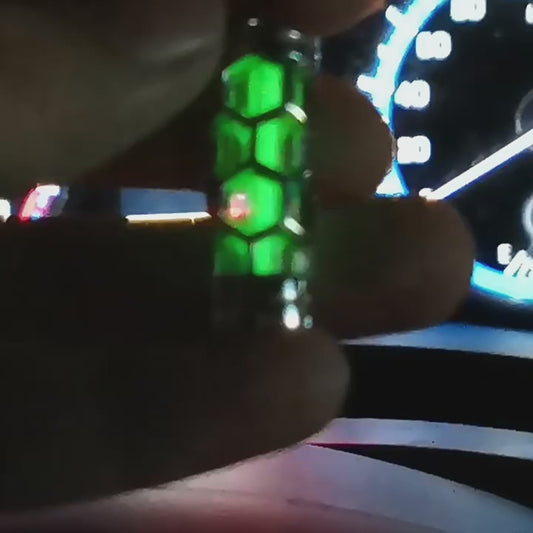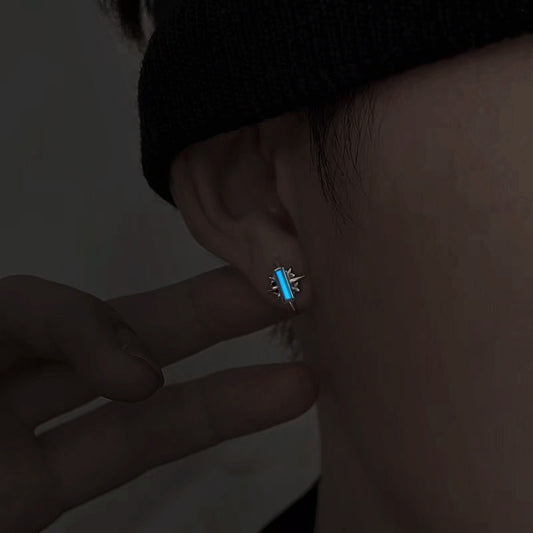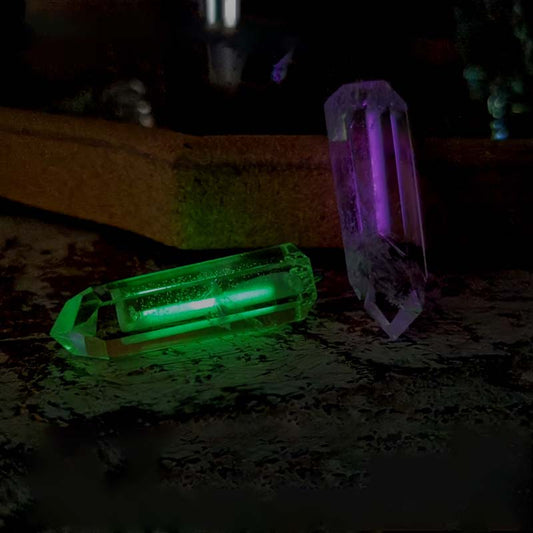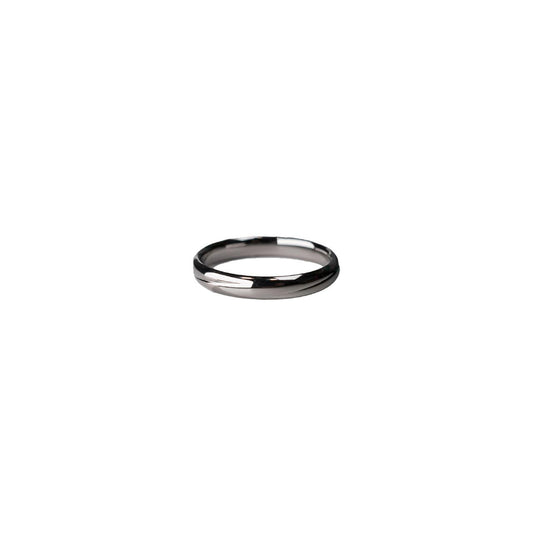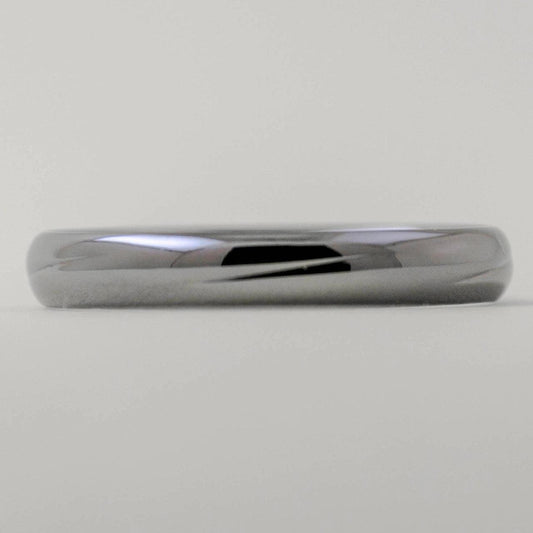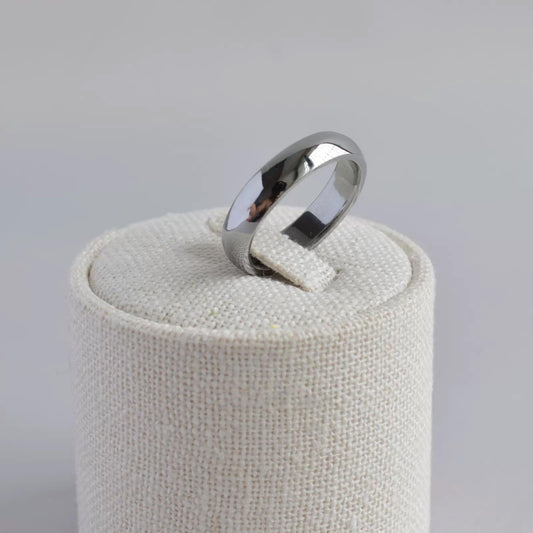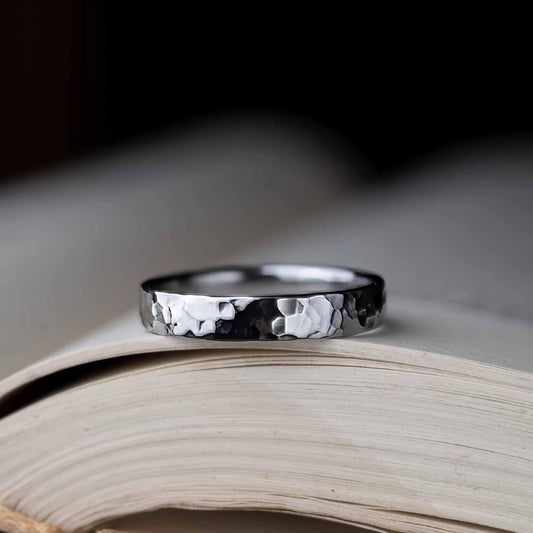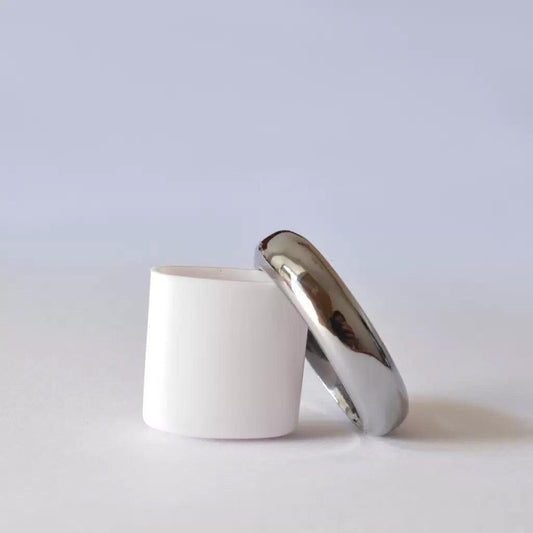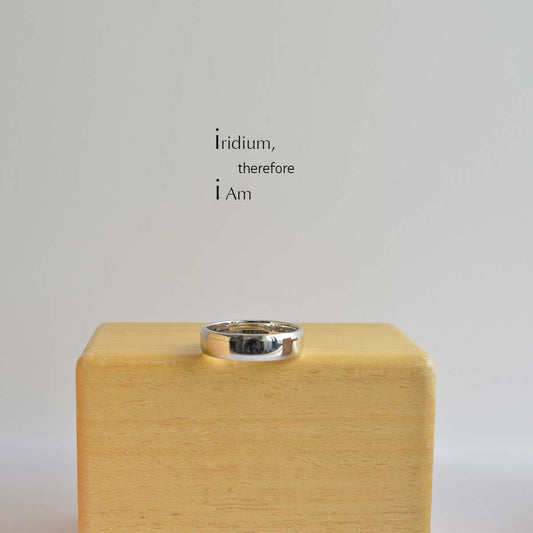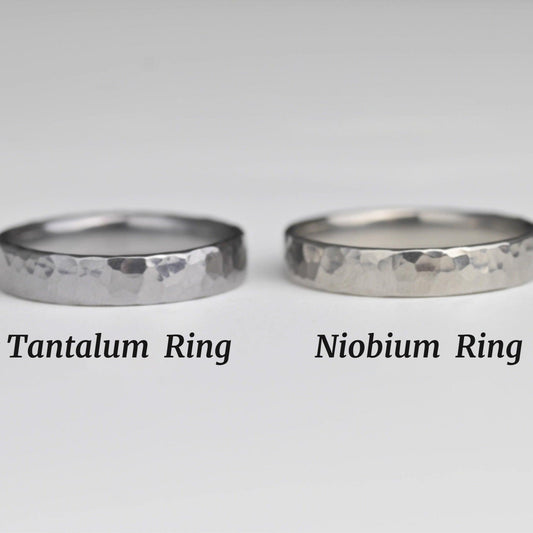How to Grow a Lab Diamond
How to Grow a Lab Diamond
There was a moment a few years back, just before my best friend’s engagement, when I learned about lab-grown diamonds. We were sitting in her kitchen, sipping coffee that had long gone cold, and she was debating rings. That’s when she first mentioned lab diamonds. "They're just like the real thing, and you'd never guess they weren't mined," she said with a sparkle in her eye. That comment piqued my curiosity. Was that really true? So, as someone who enjoys deep diving into topics that catch my interest, I decided to learn more about the fascinating process of growing a diamond in a lab.
To start with, lab-grown diamonds are created using two primary methods: High Pressure-High Temperature (HPHT) and Chemical Vapor Deposition (CVD). Both processes mimic the natural conditions under which diamonds form in the Earth, but they do it a tad quicker than Mother Nature's timeline of several billion years.
The HPHT method is much like a high-stakes science experiment. It involves taking a tiny diamond seed, which is placed in a piece of carbon under crushing levels of pressure and heat—imagine the pressure being akin to what you'd feel if you tried lifting an elephant with one hand. This method is often used to create diamonds that are similar to those found in the vivid and fancy color range.
On the other side of the diamond-growing spectrum lies the CVD method. This technique feels a little more futuristic. It starts with a diamond seed placed inside a chamber filled with carbon-rich gas. The gas is then heated until it becomes a plasma. Picture a sci-fi movie scene with glowing energy in the air—it’s somewhat like that. The plasma breaks down the gas, and carbon atoms start to attach themselves to the seed, building up layer by layer to form a diamond.
While these processes are fascinating from a technological standpoint, their cultural impact is equally intriguing. Lab-grown diamonds have carved a niche for themselves among those who value sustainability and ethical practices. In a world increasingly conscious of the carbon footprint of our choices, opting for a diamond that requires less environmental disturbance and carries no baggage of conflict mining has its appeal. It's a modern twist on a timeless symbol, akin to choosing an electric car over a gas-guzzler—a small but significant step towards a conscientious lifestyle.
Yet, the beauty of lab diamonds isn’t just in their origin or ethical benefits. Style-wise, they're just as versatile as their mined counterparts. They can be cut and shaped into any design, from classic solitaire to avant-garde creations. When I think back to that kitchen conversation with my friend, I remember her admiration for a particular cushion-cut lab diamond. She was enchanted by its clarity and sparkle, much like the kind you'd see on the hand of someone gracing a Hollywood red carpet.
Navigating the world of lab diamonds is a journey that intersects technology, ethics, and style. For anyone considering stepping into this sparkling realm, it’s worth noting that you're not just opting for a piece of jewelry, but participating in a movement that reflects contemporary values. Would I choose a lab diamond for myself? Considering their stunning aesthetics combined with their eco-conscious story, I’d say it's a compelling option. As I take another sip of coffee, now long cold again, it seems that in lab diamonds, we find a blend of the past, present, and future in a single, gleaming gem.


